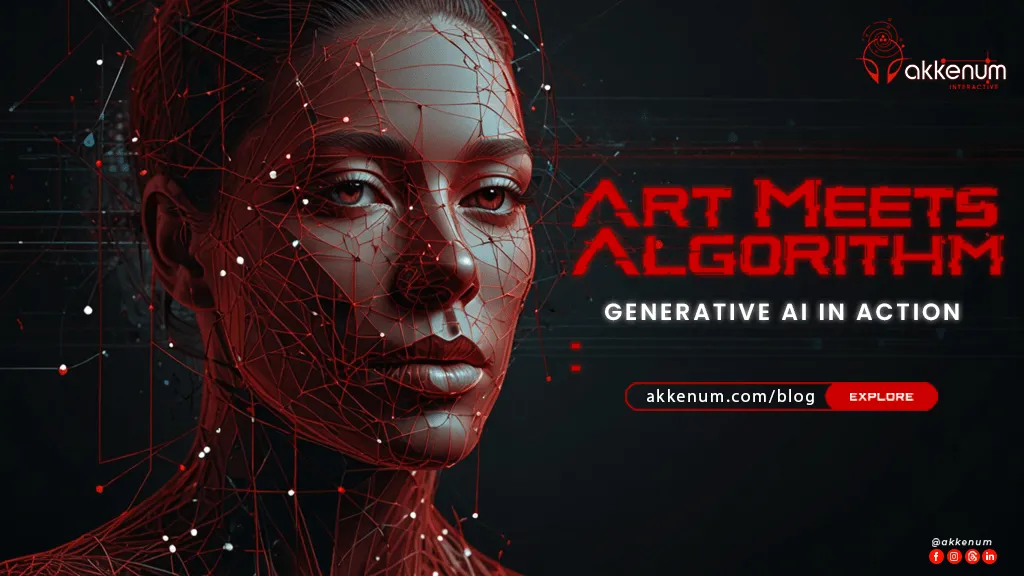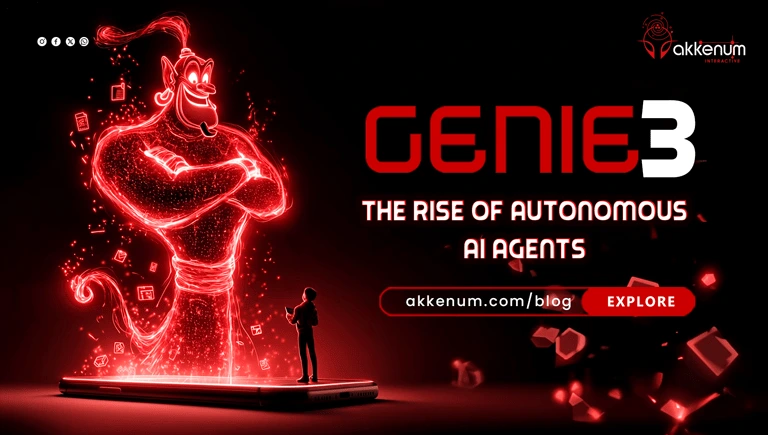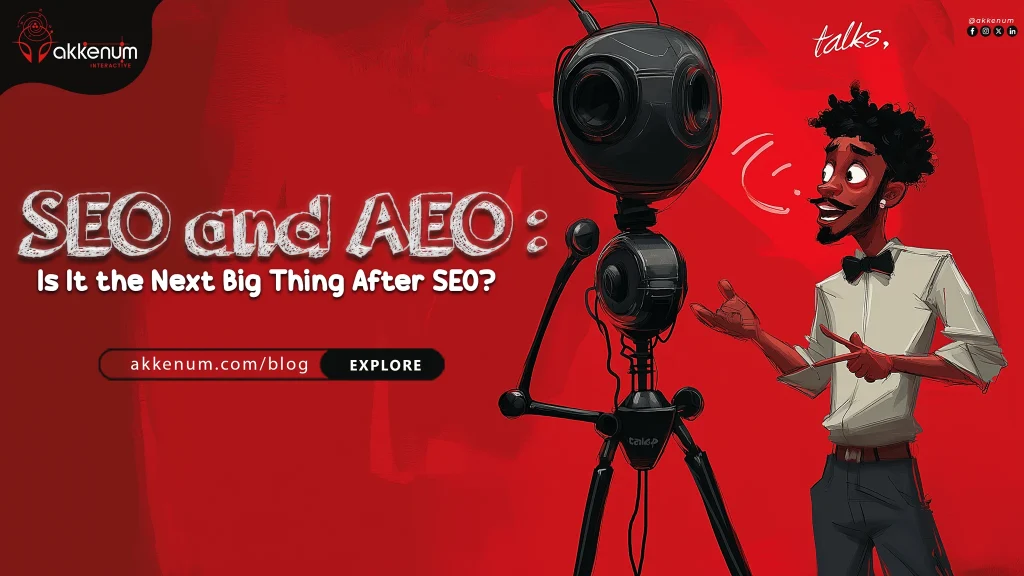
In recent years, artificial intelligence has evolved from a buzzword to a transformative tool, impacting industries far beyond its initial scope. One of the most exciting developments in this technological revolution is the advent of Generative AI—a form of artificial intelligence that can create new content, from images to music and even full-fledged narratives. With each innovation, AI continues to blur the line between human creativity and machine intelligence. But how exactly does AI generate art, and what does this mean for the future of creativity?
Let’s explore how generative AI is transforming the creative landscape, and what it means for the future of art and design.
The Evolution of Generative AI
Generative AI refers to algorithms that can autonomously create new content. At its core, this technology is powered by machine learning models, particularly neural networks. These networks mimic how the human brain processes information, learning patterns and relationships in massive datasets. Once trained, these models can generate new, previously unseen content based on what they’ve learned.
In the realm of art, Generative Adversarial Networks (GANs) have been particularly groundbreaking. A GAN consists of two neural networks—the generator and the discriminator—working together in a competitive environment. The generator creates new data (images, text, etc.), while the discriminator evaluates how close the generated content is to real data. Over time, the generator becomes increasingly skilled, creating works that can be nearly indistinguishable from human-made art.

Applications of Generative AI in the Arts
- Visual Arts
One of the most popular applications of generative AI is in the world of visual arts. Tools like OpenAI’s DALL·E and MidJourney have gained massive popularity for their ability to create intricate, surreal images from simple text prompts. Artists, designers, and even hobbyists can now create custom, high-quality art by merely describing what they want to see, opening up new avenues for creative experimentation.For instance, DALL·E can generate a painting of “a futuristic city under the ocean, in the style of Van Gogh,” producing entirely original and coherent artworks that range from the fantastical to the hyper-realistic. - Music Composition
Generative AI is also reshaping the way we create and consume music. AI tools like OpenAI’s Jukedeck and AIVA (Artificial Intelligence Virtual Artist) can compose original tracks in a variety of genres, tailored to specific moods or themes. Musicians and producers can now collaborate with AI to generate melodies, harmonies, or even entire albums, sparking debates about authorship and creativity in music. - Text and Story Generation
In literature and storytelling, AI-driven platforms like ChatGPT (the very model you’re reading) and GPT-3 have demonstrated impressive capabilities in generating narratives, dialogues, and even poetry. Writers can leverage these tools to brainstorm ideas, generate new plotlines, or overcome writer’s block. While the human touch remains vital for deep storytelling, AI can assist in pushing creative boundaries in fiction, scriptwriting, and marketing copy. - Interactive Design and Virtual Environments
Generative AI is also proving instrumental in game design, virtual reality, and 3D modeling. By using AI, designers can generate vast, procedurally created environments, complex characters, and interactive storylines that respond to player input in real-time. This not only saves time and resources but also enhances the immersive experience by enabling a level of variability that would be impossible for human designers to achieve alone.
The Intersection of Art and Technology
The fusion of art and AI sparks philosophical questions about the nature of creativity. Can an algorithm be “creative” in the same way humans are? Some argue that AI-generated art is not truly creative because it is based on patterns and rules learned from existing datasets. However, others believe that creativity itself is a combination of recombining and synthesizing old ideas into something new—something AI is incredibly adept at.
Generative AI is more like a tool, much like a paintbrush or a musical instrument. It offers artists new ways to explore their craft, extending human creativity rather than replacing it. Artists can work collaboratively with AI, using it as a co-creator to push the boundaries of traditional mediums.

The Ethical Considerations of Generative AI
As with any new technology, generative AI raises important ethical questions. One of the key concerns is authorship. When an AI generates a piece of artwork, who owns the rights? Is it the person who wrote the prompt, the developer who trained the model, or the AI itself? Current copyright laws are ill-equipped to handle this kind of creative collaboration, and new frameworks will need to emerge as AI continues to become more integral to the creative process.
Additionally, there are concerns about AI’s potential to reproduce biases found in its training data. For example, if an AI is trained on a dataset that underrepresents certain cultures or artistic styles, it may produce work that reflects those biases, perpetuating existing inequalities. Artists and technologists must be vigilant about how these tools are used and ensure that they are inclusive and diverse.

The Future of Art and AI
As generative AI continues to advance, we are witnessing the dawn of a new creative era where human ingenuity and machine intelligence intersect in exciting ways. For artists, designers, musicians, and writers, AI is not an existential threat but a powerful ally—a tool that can inspire new ideas, automate tedious tasks, and unlock levels of creativity previously unimaginable.
In the future, we may see entirely new art forms emerge that are uniquely suited to AI’s capabilities. Virtual galleries filled with AI-generated works, interactive AI-driven performances, and collaborative projects between humans and machines are just the beginning.
As generative AI becomes more accessible, it will democratize creativity, enabling anyone with an idea to bring their vision to life—no artistic training required. And while the debate over AI’s role in art will continue, one thing is certain: the future of creativity is here, and it’s powered by algorithms.
-Shenugayana-



